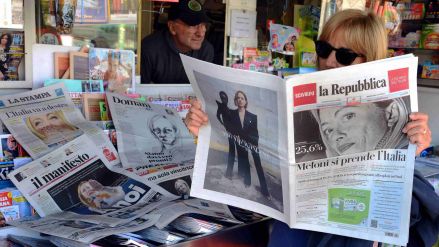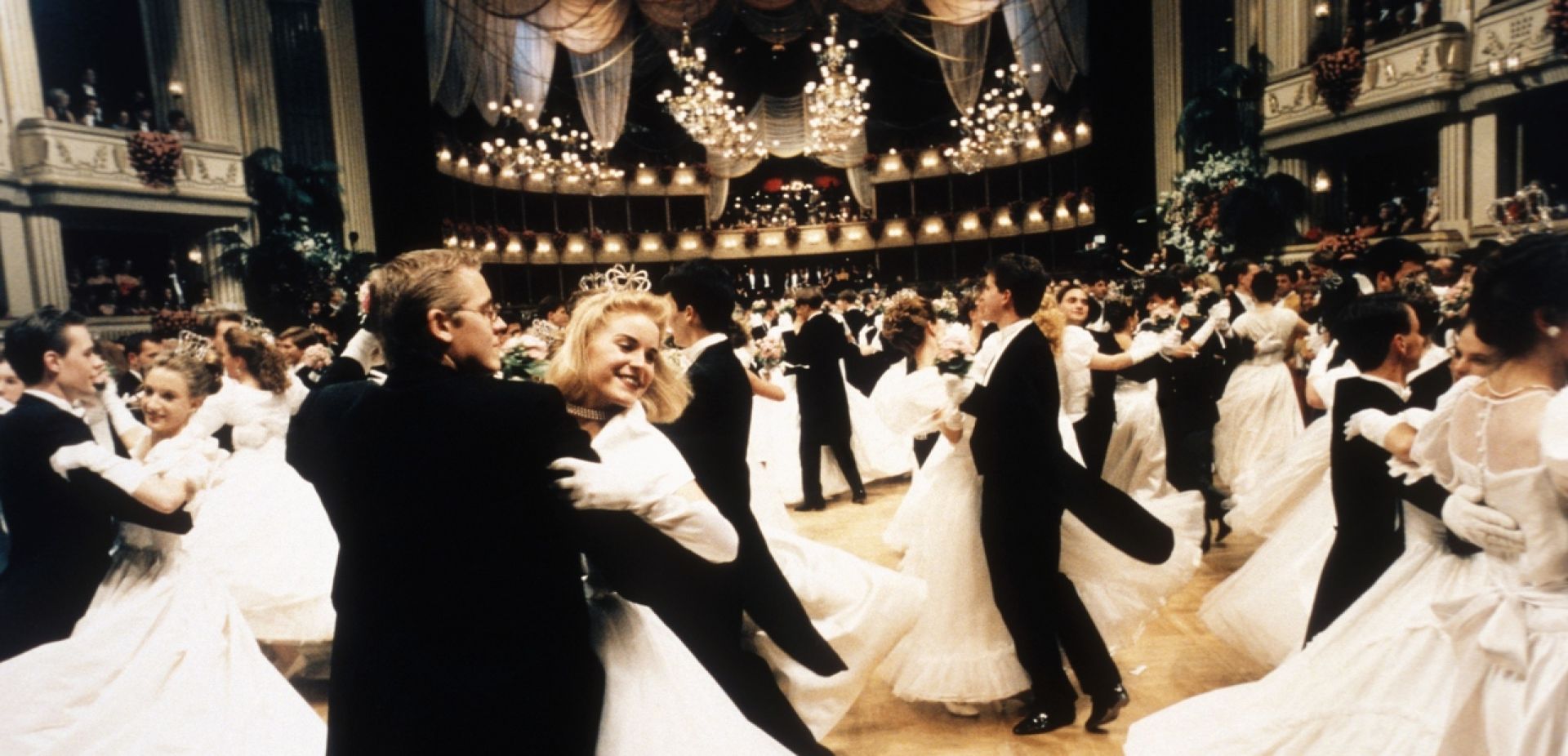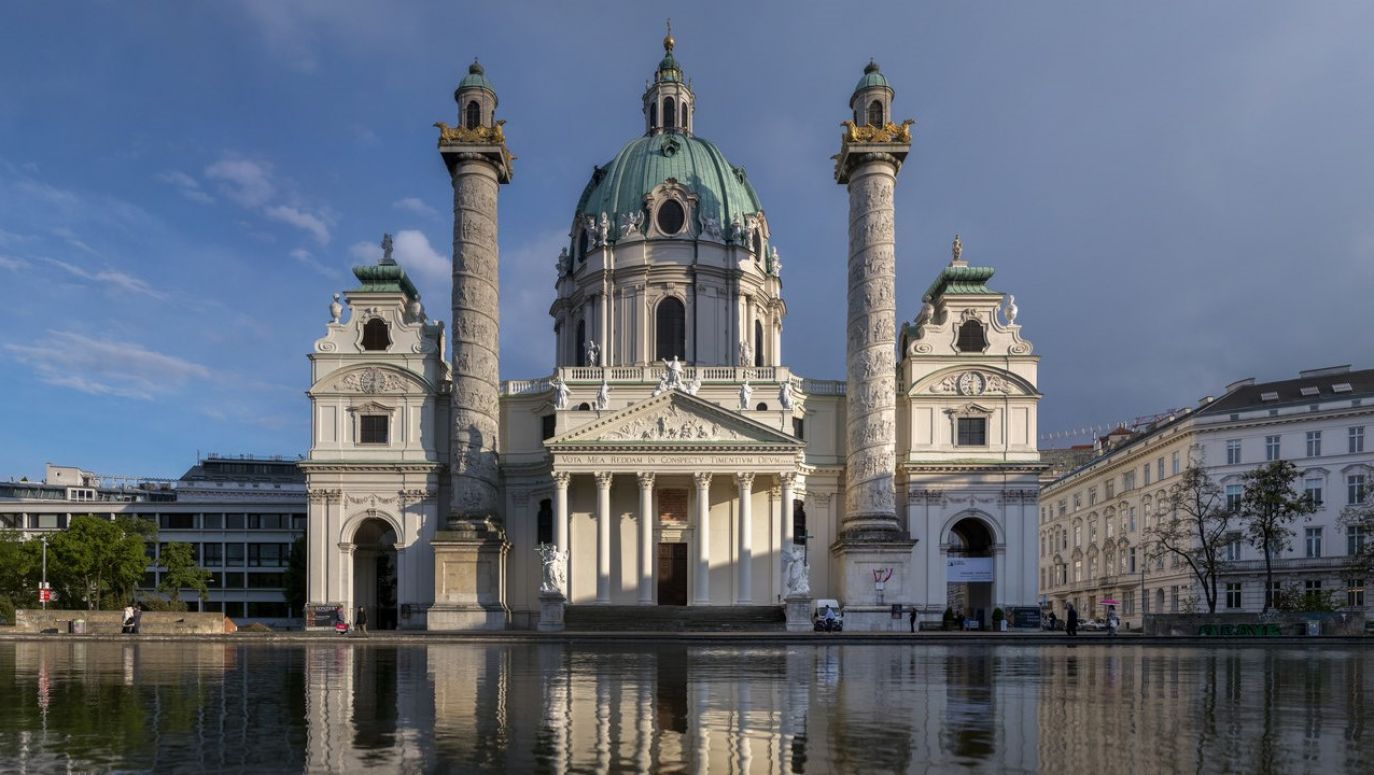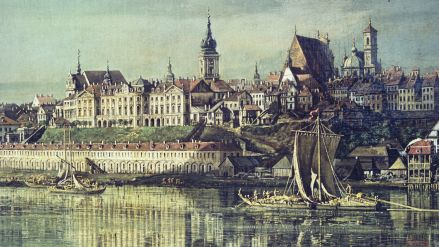
What will the right-wing governments in Italy and Sweden bring to Europe?
see more
I mentioned that this visit will not disrupt our tour of Vienna because next door you can find other local landmarks, including the aforementioned Secession Building and the magnificent Karlskirche. Or you can head straight to the opera house and further down Kärtnerstraße to St. Stephen's Cathedral. That is, all of the best locations in the city. If you get tired, you find a place to sit right in the middle of the square at one of the dozens of eateries-cafes, where they also serve wine and spritzers (white wine with soda water). The latter is extremely enjoyable on a hot summer’s day as well as on a cool autumn evening.
11. Finally, the primary goal - wine…
Of course, this is how a good trip to Vienna should start (and it is most advisable!). Vienna is the only capital in the world that can boast of having working vineyards, making top-class wines, and winning awards at international competitions. The important thing is that these vineyards were never created just for show, or solely for the enjoyment of tourists. There used to be vineyards on the outskirts of many European capitals, but only Vienna still has them. Of course, it is not Austria's largest wine region, but back in the 19th century, it was a symbol of quality for this part of Austria-Hungary.
Today, there are more than 700 hectares of vineyards within the administrative boundaries of the Austrian capital. Since the time when Vienna was a Celtic village and then a Roman river port, many have likely been here. The first written document on the cultivation of grapes in Vienna dates back to 1132. At one time it was probably cultivated all over the city, later – together with the city’s expansion – vineyards were relegated to districts spread on the lush hills surrounding this magnificent city.
White varietals are grown mainly on shale, gravel, clay, or loess soils. These include: grüner veltliner, neuburger, traminer, Weißer Burgunder and chardonnay. Red varieties are also doing well here, though they are less common: blauburger, zweigelt, portugieser, and cabernet sauvignon.
Vienna is also the only capital city with two districts famous solely for their wineries: Grinzig and Heiligenstadt. It's worth going there on foot and exploring these quarters of exclusive wine bars, where the juice of Bacchus flows freely and music resounds every evening in more than a hundred establishments.
You might also want to climb up one of the nearby alleys to one of the nearby hills to get a great view of Vienna and the vineyards spread out before you. You don't necessarily have to be a wine lover to come here, just as you don't have to be a coffee connoisseur to stop by Café Central (this is actually a must, although, let's not mince our words – all of Vienna is one big café), or know who Gustav Klimt was to be bowled over by his works. I can't think of another capital city where a two-and-a-half euro bus ticket can provide such breathtaking views of the entire city for free!
–Wojciech Gogoliński
TVP WEEKLY. Editorial team and journalists
–Translated by Roberto Galea

 SIGN UP TO OUR PAGE
SIGN UP TO OUR PAGE 






